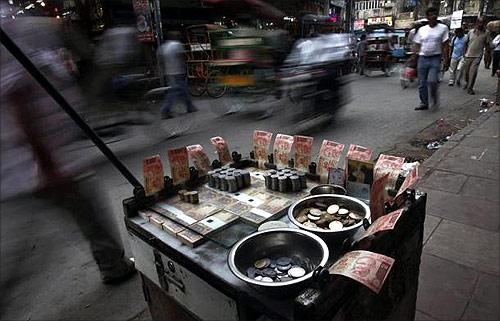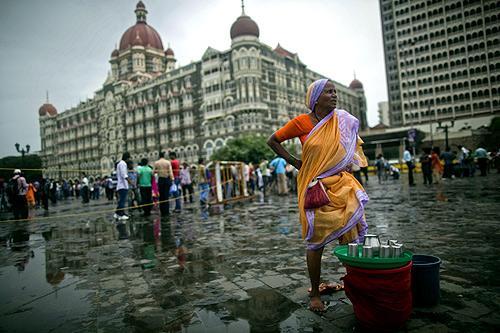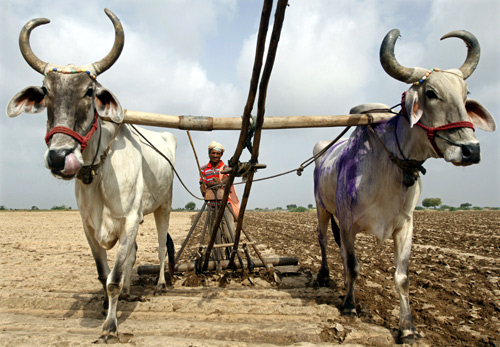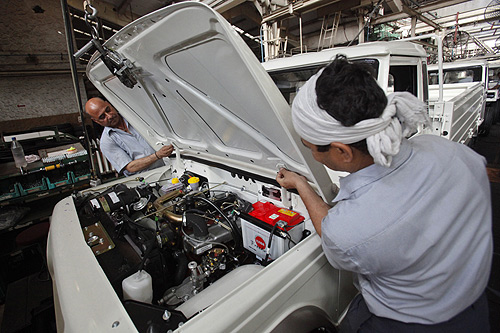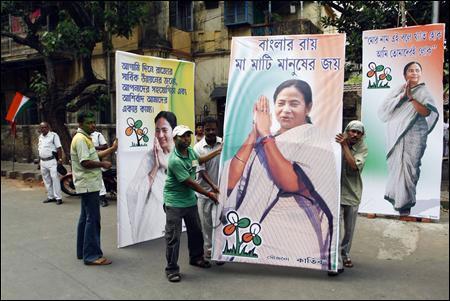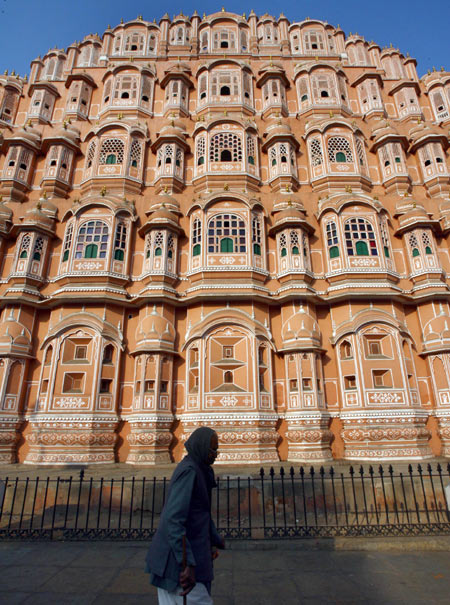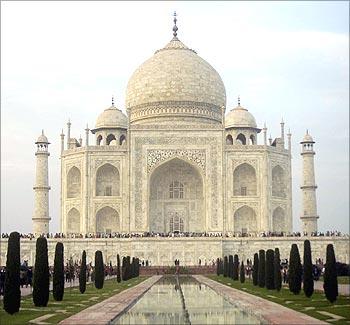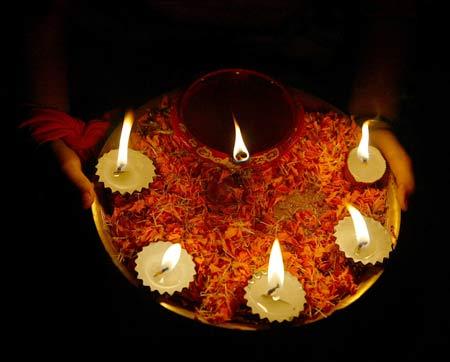Despite short-term economic weaknesses, India's long-term growth drivers of a youthful demography, technological 'catch-up' and demonstrated entrepreneurial talent remain in play, writes Shankar Acharya
By now everyone is familiar (unless they have been holidaying on Mars) with the litany of bad news on India's economic performance in the past year: growth sharply down, industry in the doldrums, inflation still uncomfortably high, fiscal deficits bloated by seemingly uncontrollable subsidies, external imbalances at record levels, investment climate gloomy, policy stasis continuing . . . and so on.
Nevertheless, looking ahead, future prospects are not necessarily of unrelieved gloom.
It is possible to construct plausible alternative scenarios: one moderately positive, another more relentlessly negative.
. . .
Let us start with the positive first, the one that finds ready support from various senior government spokespersons. The ingredients include:
The global economic situation looks better than a few months back.
The US economy is still growing, even though slowly.
Europe seems to be coming to grips with her underlying problems and there is a real chance that, although growth will remain anaemic, a full-blown euro crisis will be avoided. Sluggish industrial country growth (and growth a little slower in China) will continue to moderate commodity prices, especially oil, which has been mostly below $100 a barrel in recent months. Lower oil and gold prices will help reduce India's external deficits.
. . .
So much for the positive story, which sees economic growth reviving to seven per cent this year and perhaps eight per cent in 2013-14.
The alternative, more negative view runs as follows:
- The global economic situation is still uncertain, with the European crisis far from resolved. Event shocks can still occur and, if they do, the damage to India could be significant.
- India's long-term growth drivers may be present, but their positive influence seems to have been outweighed by too many years of bad economic policies.
- It is unrealistic to expect a sudden resuscitation of good economic policies just because the prime minister has taken over the finance portfolio.
He may be able to dilute the damage inflicted by the March Budget. But the political feasibility of urgently needed administered price increases and the oft-listed raft of reform measures remain debatable.
There may be some progress but much less than the optimists expect.
After all, it was the same prime minister and the same United Progressive Alliance government presiding over the past eight years of non-reform.
. . .
Furthermore, the damage inflicted by the last three years of corruption scandals and the associated policy stasis is not easy to reverse when it comes to re-energising the administrative machinery to resolve problems of land acquisition, environmental clearances, fuel supply linkages, inter-sectoral coordination and various other hurdles to swifter project implementation. This is specially so when long overdue administrative reforms have not been implemented.
Some of India's states are clearly doing better than others. And that is very welcome. But when one considers some of the key sectors where states have primary responsibility, such as power distribution/pricing, agricultural research and extension, urban development, primary and secondary education and healthcare and overall governance, the performance is generally quite unsatisfactory, with very few good outliers.
So the states may not serve as major reform engines of the future.
In the current year, 2012-13, let alone seven per cent economic growth, even six per cent may become a bar too high if the monsoon fails.
The chances of that are now quite significant, given the massive rainfall deficiencies up through the first week of July. . . .
- As for the near future, the dismal performance of industry in the past year, coupled with signs of a slowdown in services, makes the prospects of a return to eight per cent-plus growth look increasingly dim.
- Quite apart from short-term growth prospects, the medium-term challenges of creating manufacturing jobs for the burgeoning labour force and providing viable structures of urban governance and finance to a rapidly urbanising population seem quite daunting, especially given the record of weak performance to date.
For example, significant chunks of labour-using manufacturing have been relocating out of East Asia as wages rise there.
But the preferred destinations continue to be countries like Bangladesh and Vietnam, not India.
Apparently, employment-friendly labour laws, basic skill endowments, infrastructure and investment climate offer a better package in those nations than we can.
So how does the glass look? You can take your pick.
On present trends, the three-quarters empty scenario looks more plausible to me.
Who knows, perhaps a strong burst of policy reform after the presidential election will confound my expectations.
The author is Honorary Professor at Icrier and former Chief Economic Adviser to the Government of India.
These views are personal
